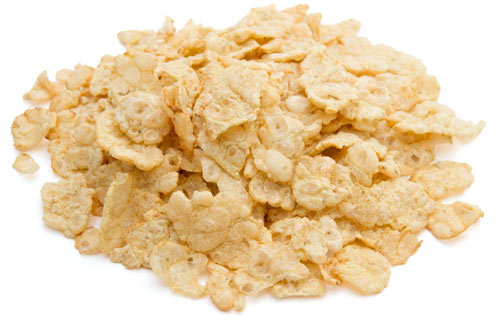“Special K” Is Not Just Cereal
If someone asks you if you want some Special K and it’s not breakfast time, be careful how you answer. That’s just one of several street names for the drug ketamine. As with some other drugs, it started out as a legitimate pharmaceutical product used as an anesthetic in surgeries, as an animal tranquilizer, in treating burn injuries and battlefield injuries, in children who may be allergic or intolerant to other anesthetics, and for nerve-related pain. It was first used in Belgium in 1963 for veterinary anesthesia ASA safer alternative to PCP, which caused severe hallucinations. In therapeutic doses, it doesn’t depress the respiratory or circulatory systems as much as other medications, thus its appeal for anesthesia and pain relief.Its relative safety led to human testing, and it became available by prescription in 1969.
Although safer than PCP, ketamine is still a hallucinogen and has only limited use in human medicine. It is known as a “dissociative anesthetic”, causing users to have hallucinations and feel detached from their own bodies, sometimes called the “K-Hole”, leading to it’s becoming a popular party drug. The only ways it can be obtained for recreational purposes, though, is through diversion from medical facilities, mostly veterinary, or from Mexico.
While enjoying the party and basking in the sights and sounds of a good trip, people may not realize the danger. Ketamine can cause pulses and blood pressures to surge, a danger to folks with heart problems. Long-term use can cause memory loss and cognitive issues. Lower doses can cause feelings of calmness, relaxation, dizziness, hallucinations, slurred speech, and uncontrolled eye movements. The higher the dose, the more pronounced these symptoms become, sometimes causing a “bad trip”. High doses can yield depressed respirations, muscle spasms, weakness, balance disturbances, blurred vision, nausea and vomiting, confusion, coma, and even death. There is no antidote for an overdose of ketamine; tolerance to the drug can develop, requiring increasing amounts to produce the same effects; and withdrawal effects can occur. Paradoxically, some of the effects people seek may diminish with long-term use. Ketamine only comes in liquid form for injection and can be used intravenously or intramuscularly. Illicitly, it can also be taken as a liquid taken by mouth. added to marijuana, or the liquid evaporated, leaving a powder which can then be made into tablets or snorted.
Despite its bad press, ketamine has been found to have a redeeming quality: research has produced promising results for the treatment of intractable depression, or that which has not responded to multiple treatments. In therapeutic doses, it has been shown to work quickly, cause significant improvement in mood, and block pain. It is so enticing that the FDA has approved two ketamine-based drugs as breakthrough therapy and fast-tracked them into the market. Esketamine(Spravato), which has been approved by the FDA as a nasal spray, and rapastinel, which has not fared as well in trials, and has yet to be approved. IV ketamine for depression is not widely available but is being used in ketamine clinics, including 12 in the United States and two in Canada.
With all this hope and hype, we must remember that it’s a work in progress. Even though it has been shown to be safer, it is still a strong medication with undesirable side effects, high relapse rates, and lacks information regarding long-term safety. Treatment plans need fine tuning. Some doctors remain skeptical of its effectiveness and are concerned about its dangers. Cost is a consideration as it’s an ongoing treatment that is expensive and not covered by insurance. This may knock out many people who cannot afford the costly treatments, and some express concerns that profit will become more important than patients. As sorely as a novel treatment for severe depression is needed, the medical and pharmaceutical industries must not be hasty in approving and pushing medications of any kind without consistent and verifiable proof of effectiveness and safety. That being said, this break-through gives hope to depression sufferers.
Comments
There are 0 comments on this post












